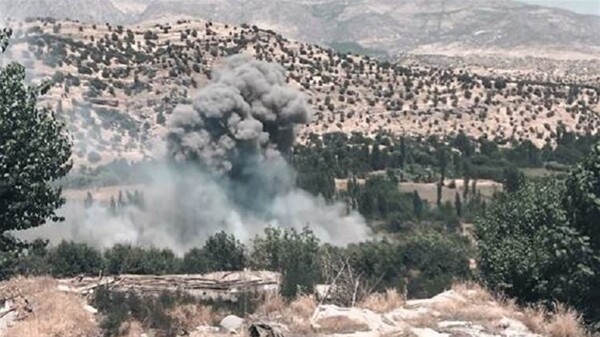
A new discovery at the British Museum has revealed a surprising link between the world's oldest map and the story of Noah's Ark. Assyriologist Irving Finkel has highlighted several interesting aspects of this map, including the location of Mesopotamia between the Euphrates and Tigris rivers, a geographical representation with imaginary zones, figures of mythical creatures, and speculative lands, as well as Akkadian inscriptions referring to Utnapishtim, a figure who built an ark to survive a flood similar to that described in the Bible.
Finkel points out that the similarities between Utnapishtim and Noah suggest a shared narrative tradition that has influenced Jewish and Christian cultures throughout history. According to Babylonian tradition, the remains of Utnapishtim's ark are found on a mountain that matches the one mentioned in the Bible, where Noah's Ark came to rest.
The Imago Mundi, a cuneiform tablet discovered in Sippar by archaeologist Hormuzd Rassam, is key to understanding how the Babylonians conceived their environment. This Babylonian map reveals not only geographical features but also references to the story of Noah's Ark, indicating the existence of a similar narrative in Babylonian culture.
The finding illustrates cultural continuity over millennia and raises fascinating questions about how stories intertwine and transform across different civilizations. Finkel emphasizes that the similarities between both narratives are not mere coincidences, but rather evidence of a shared narrative tradition that has persisted over time.














